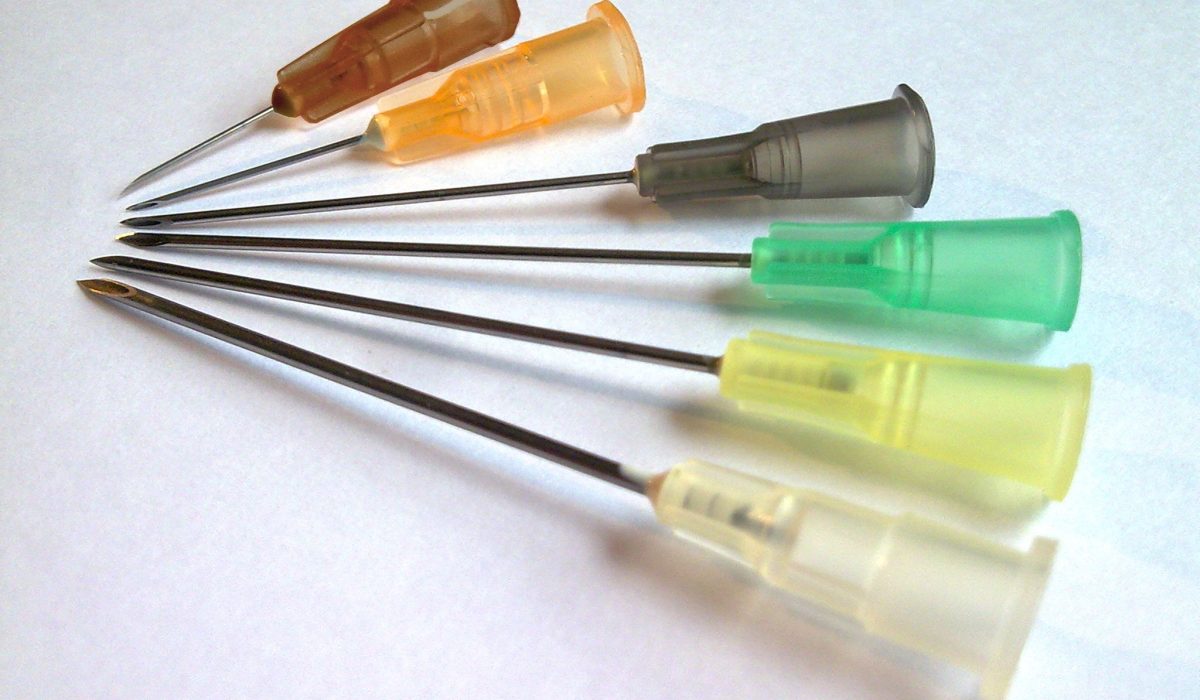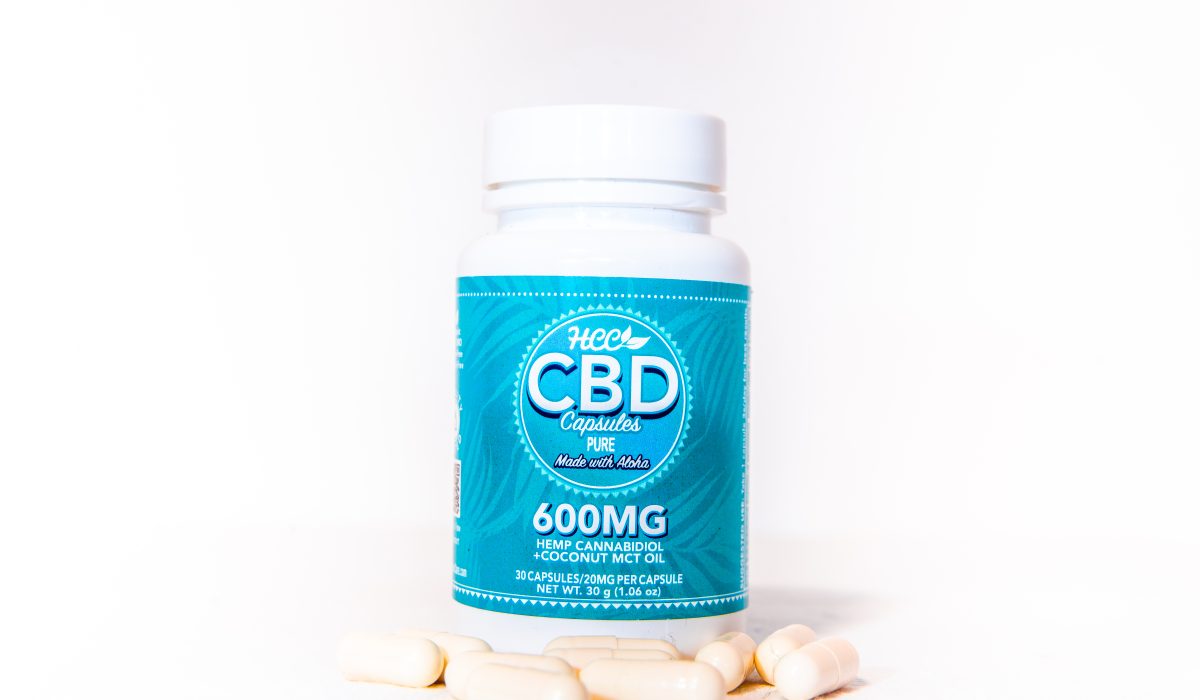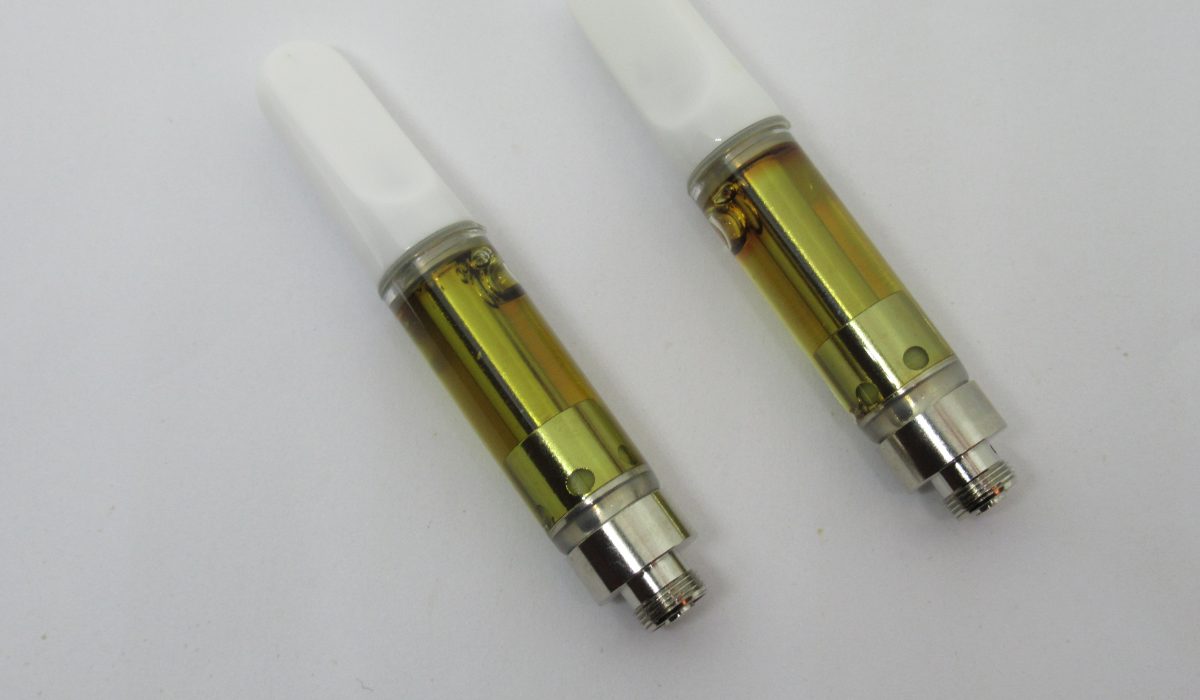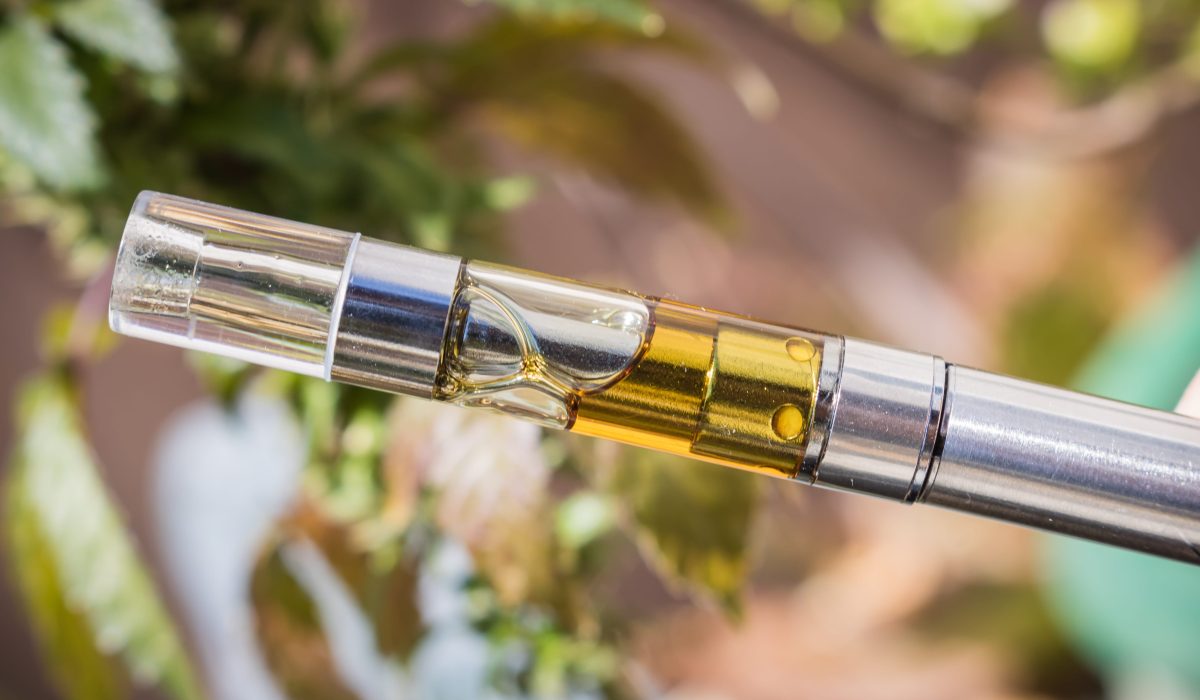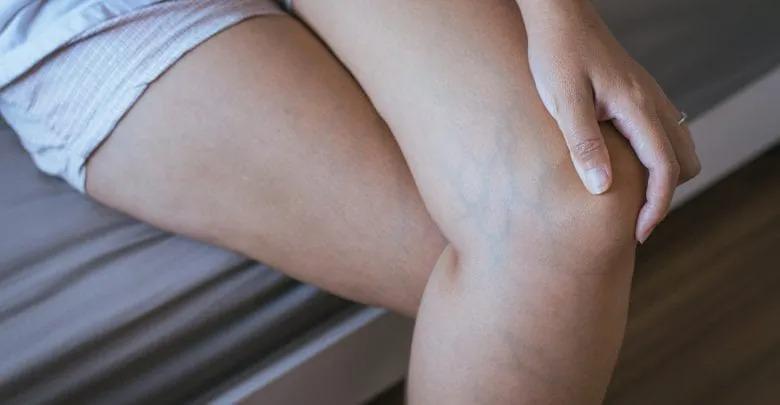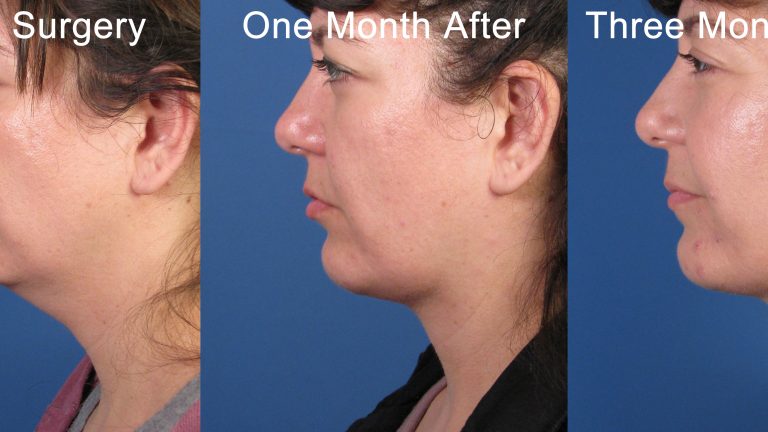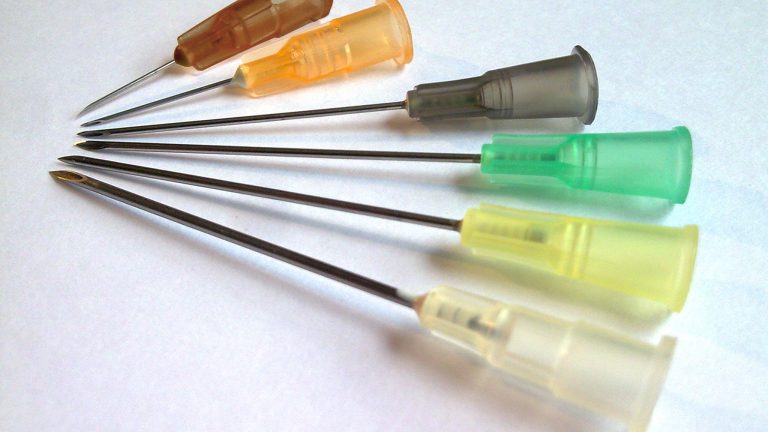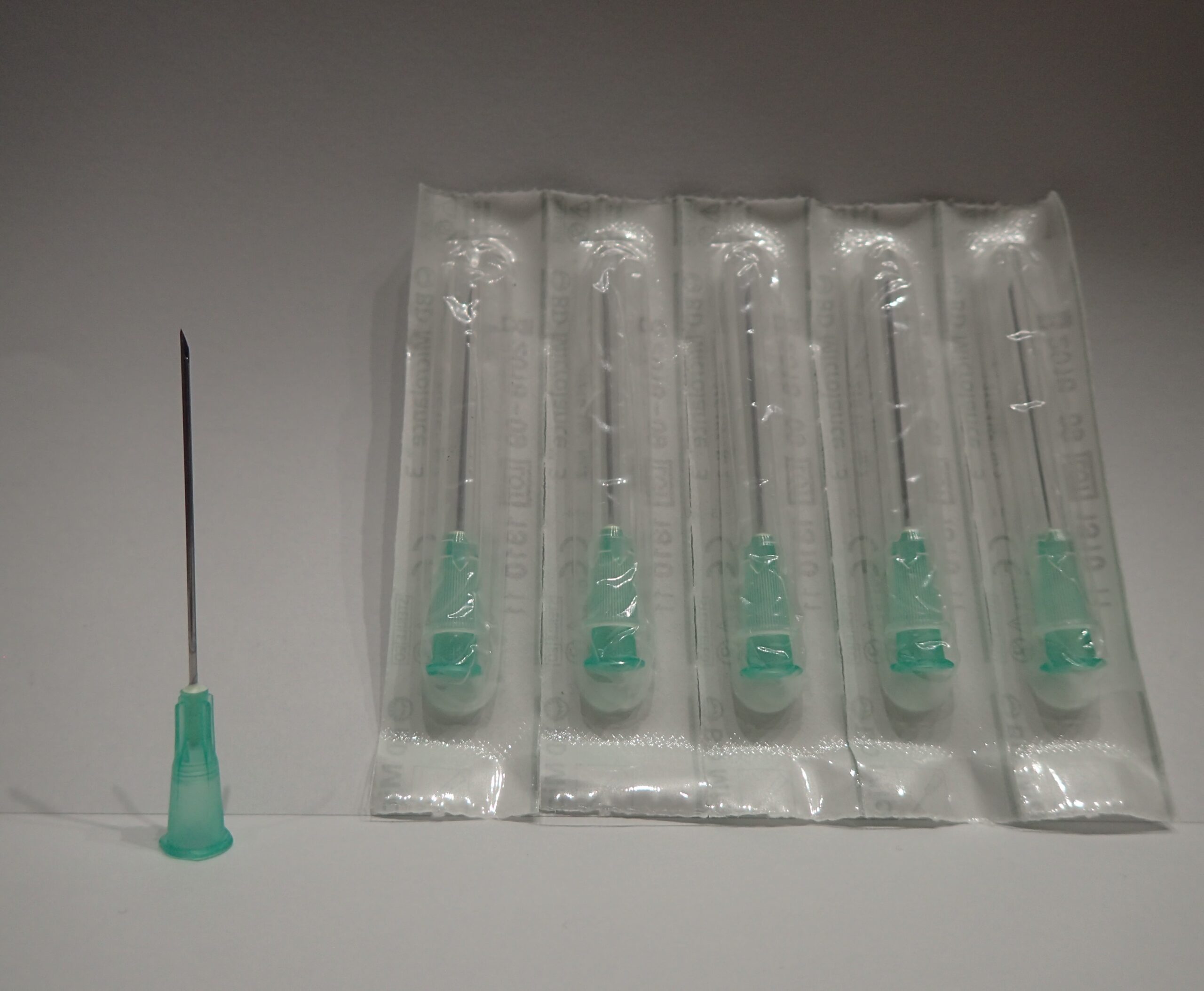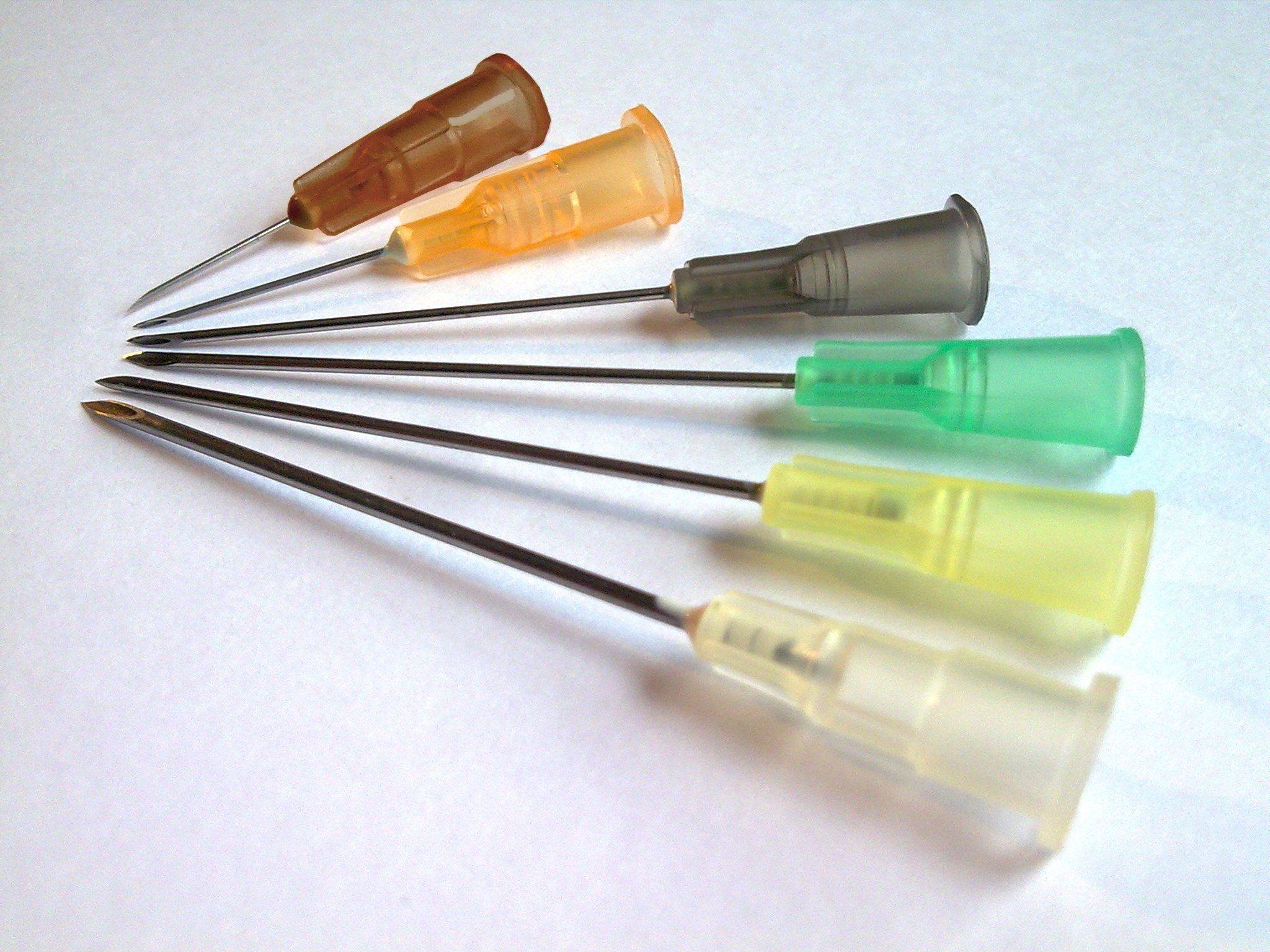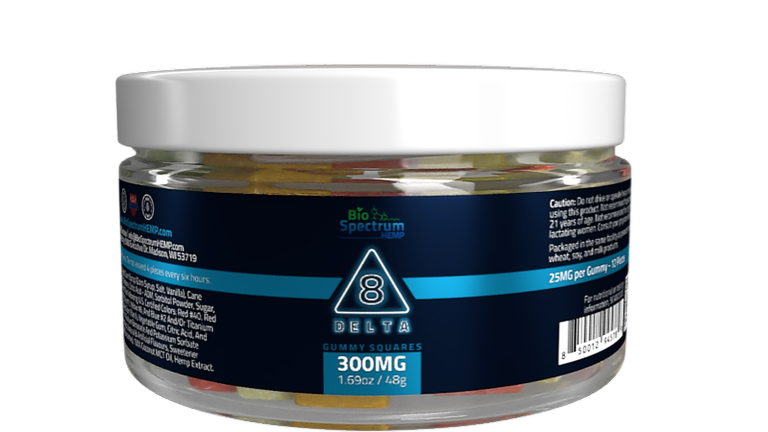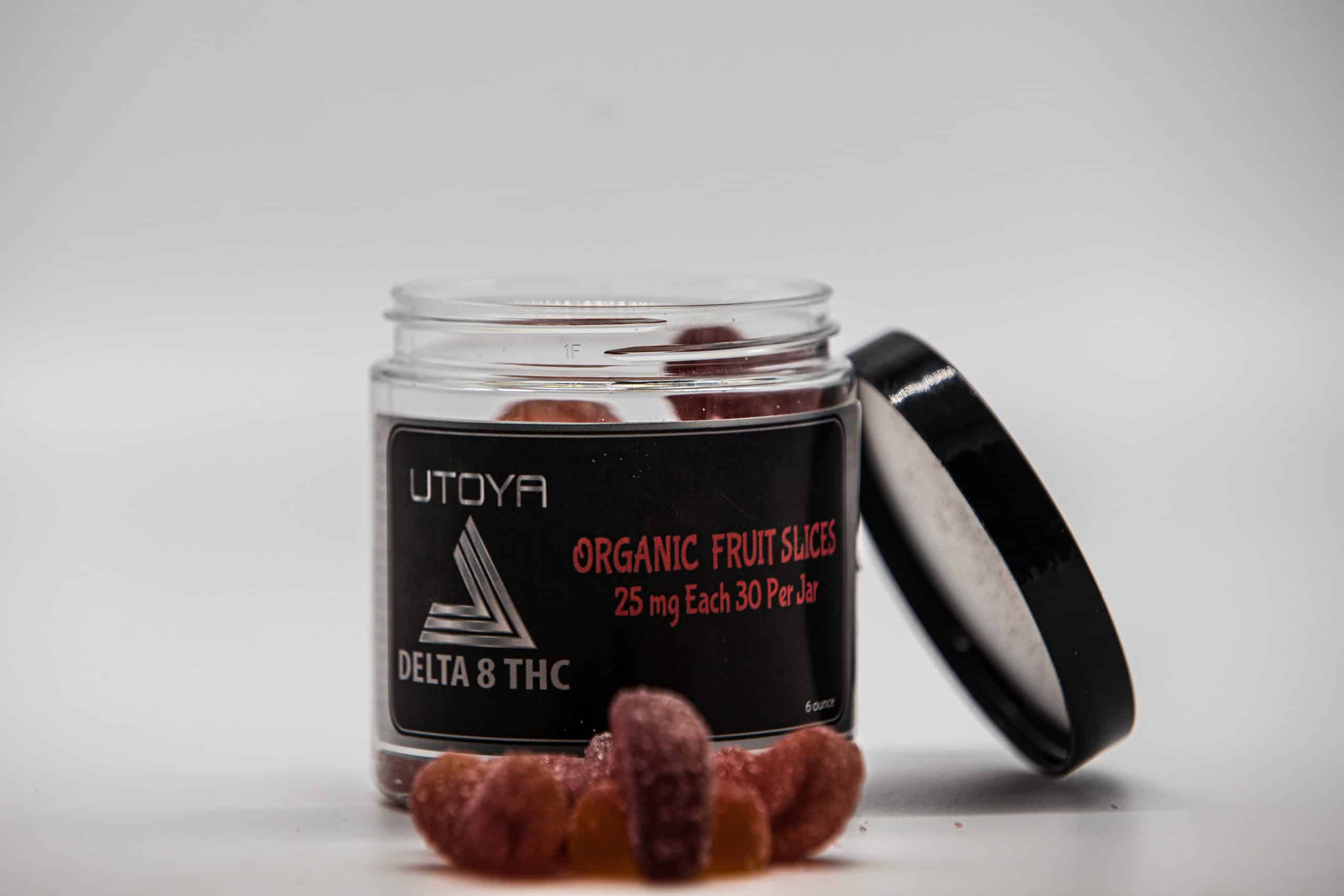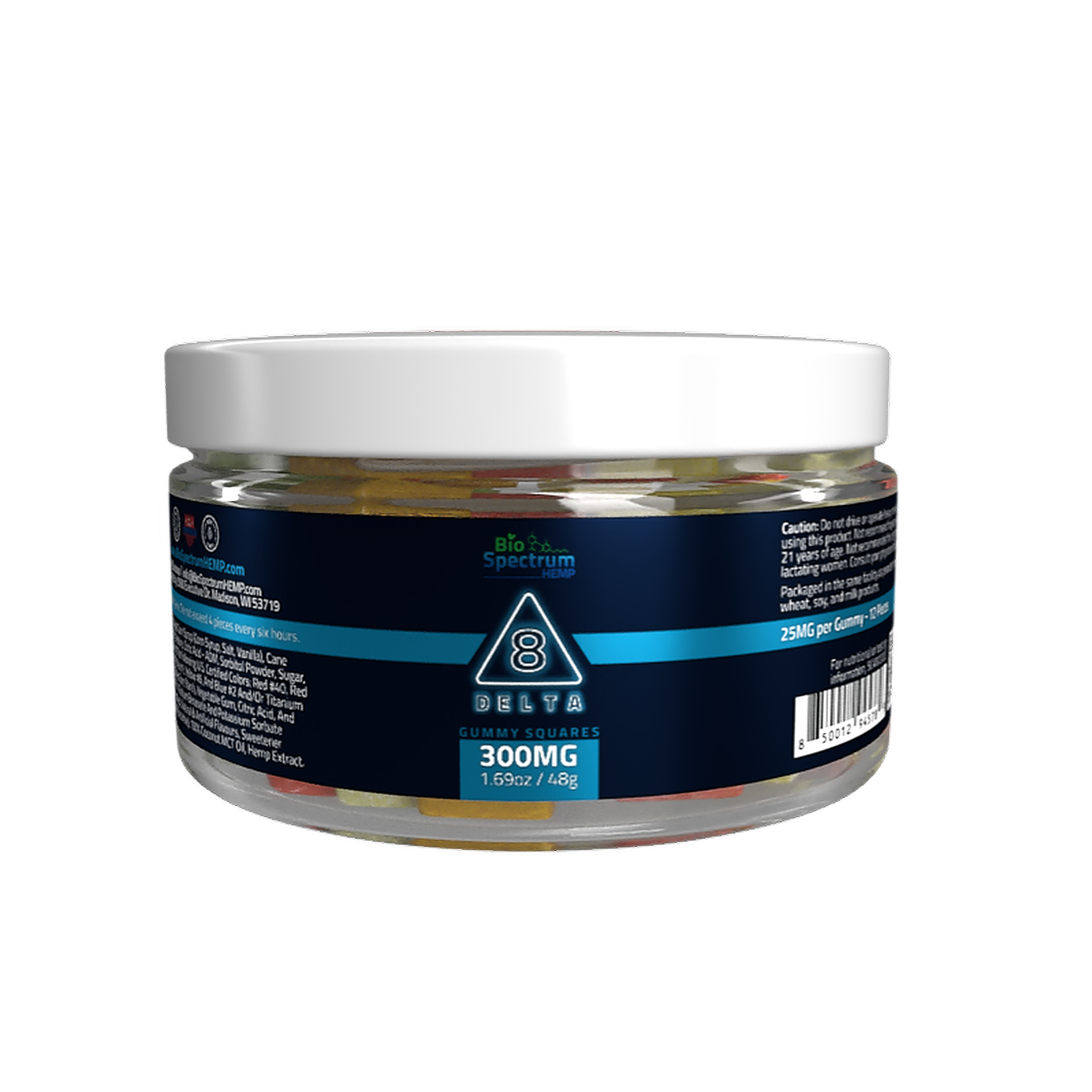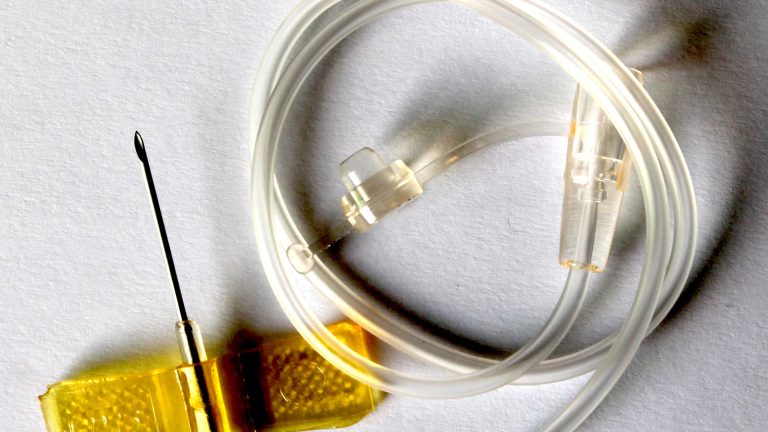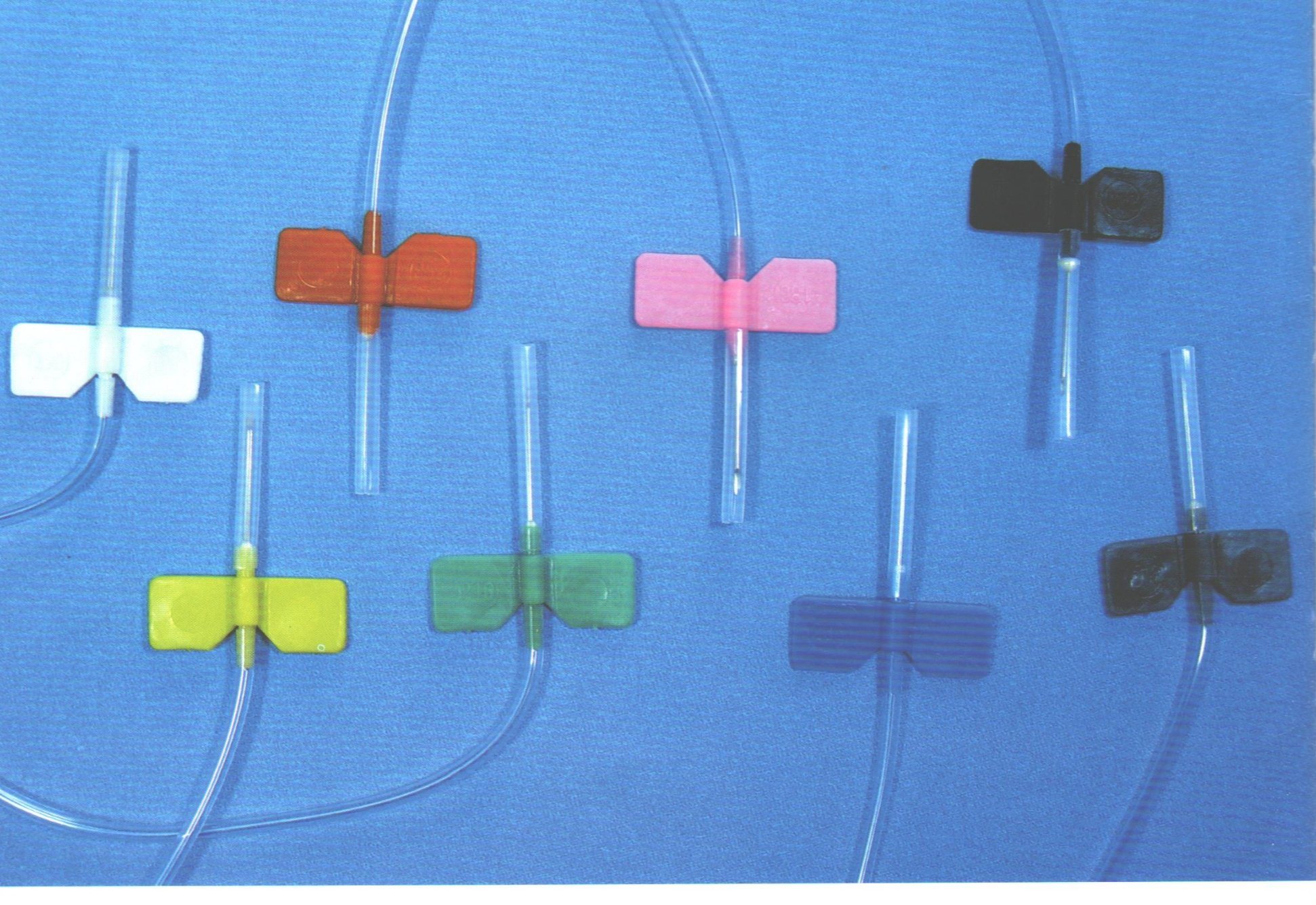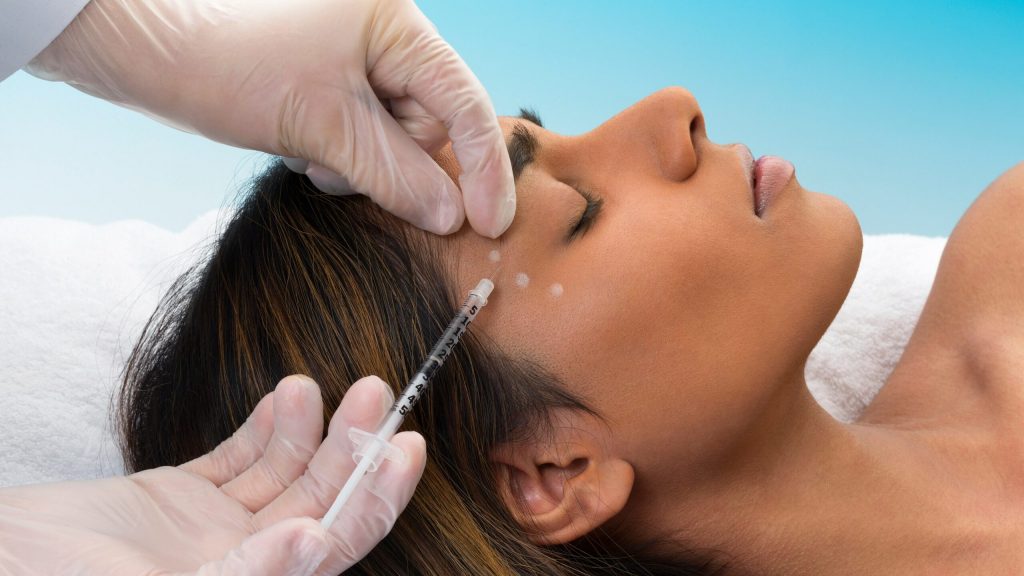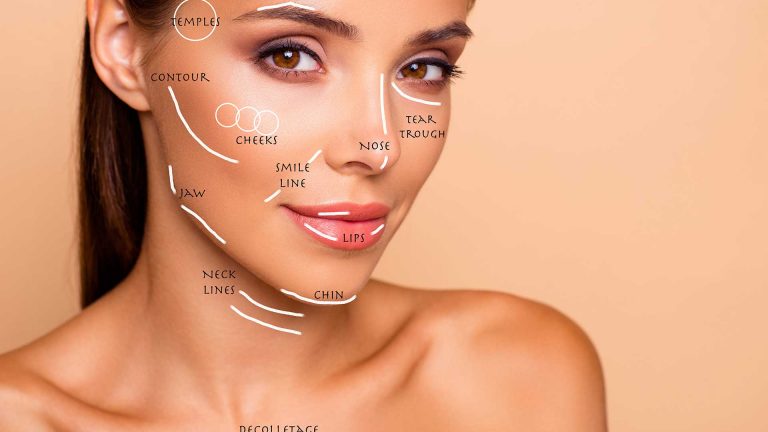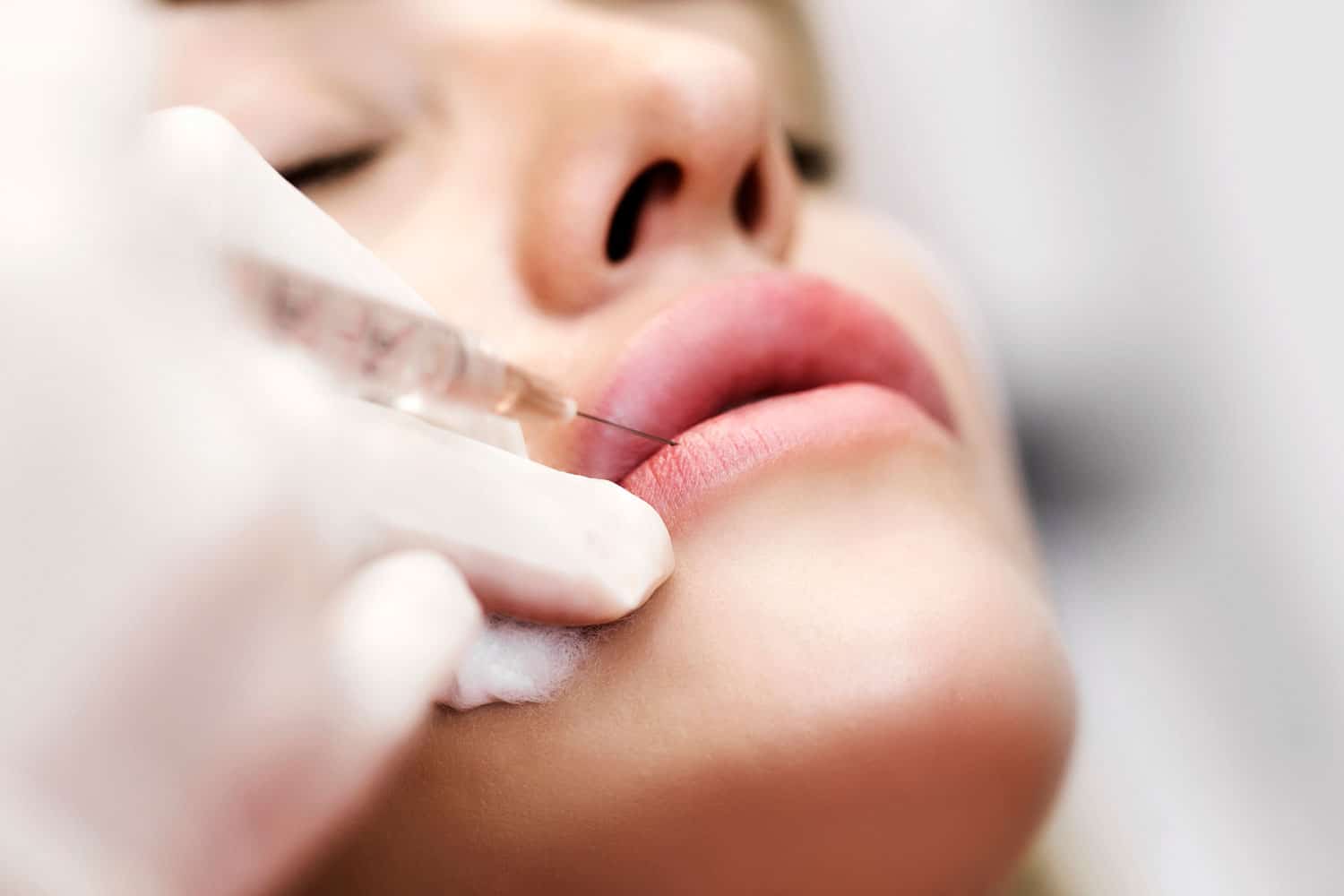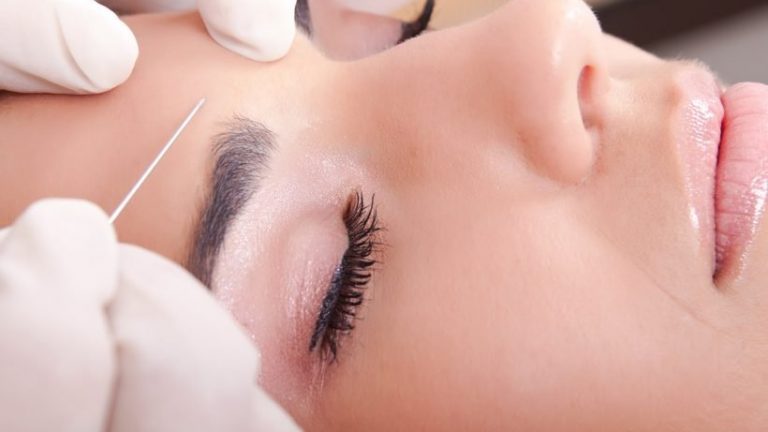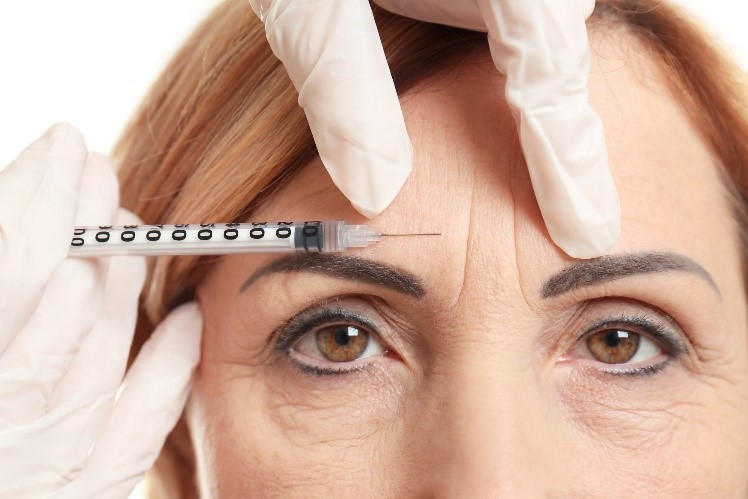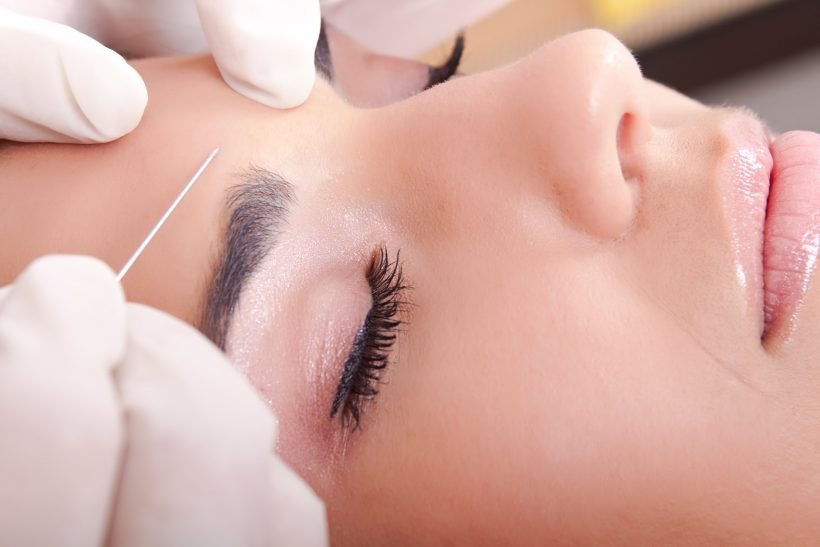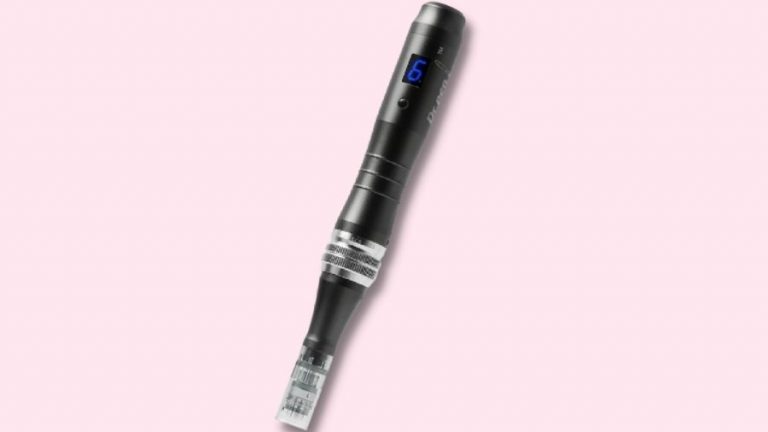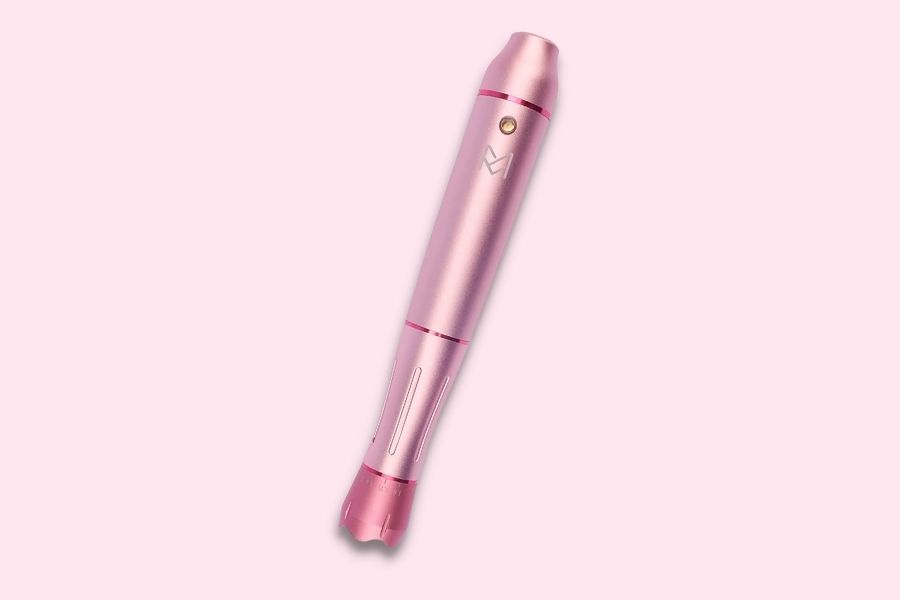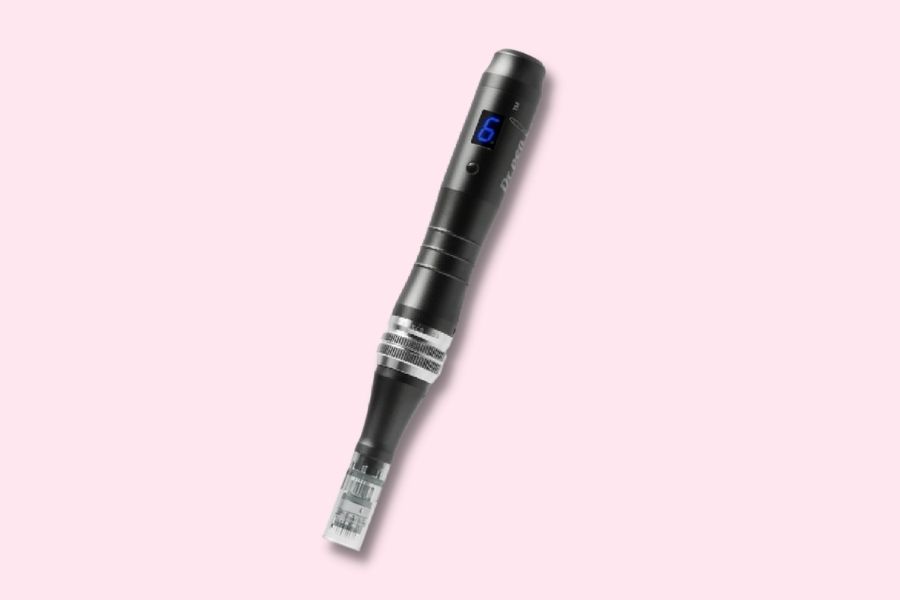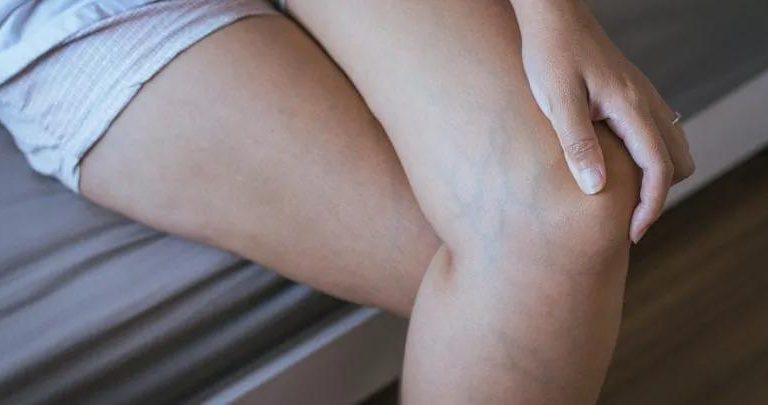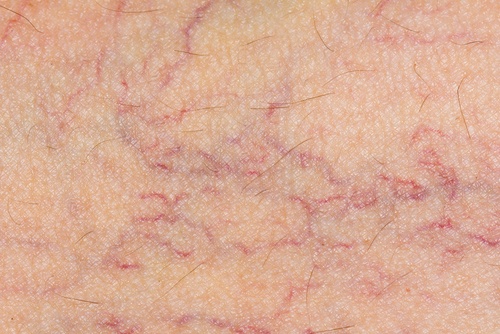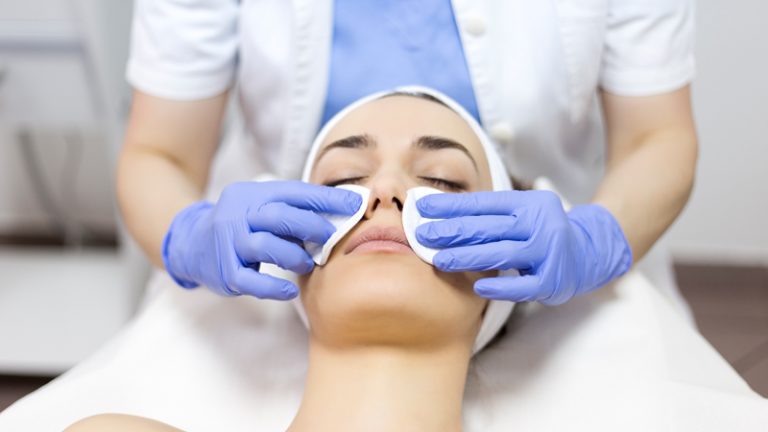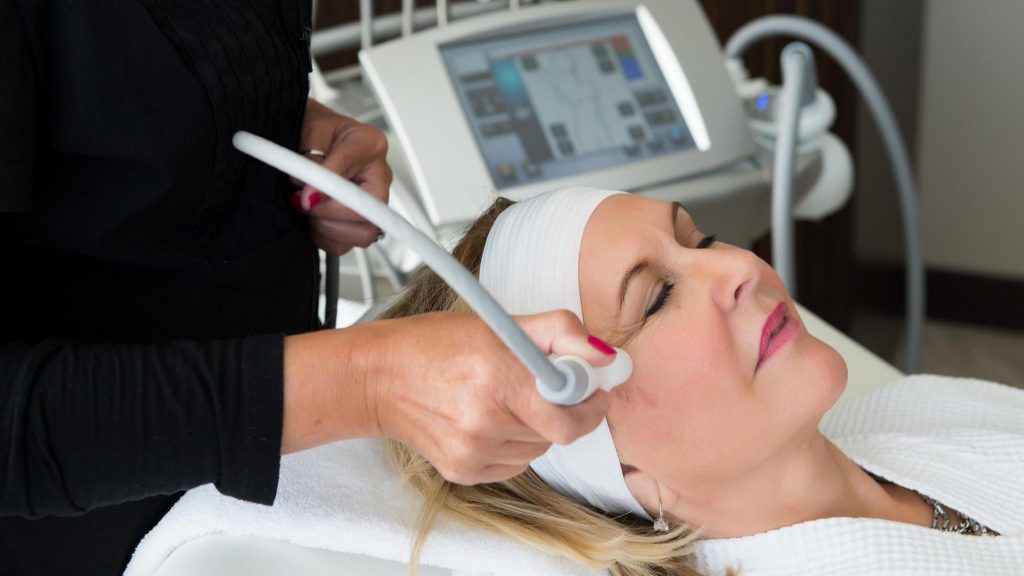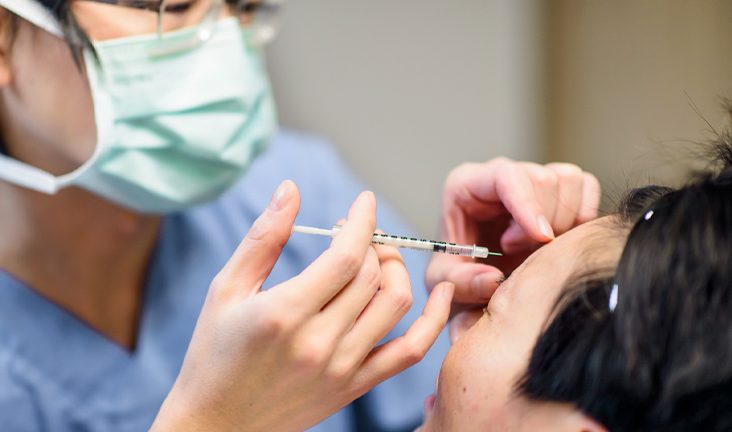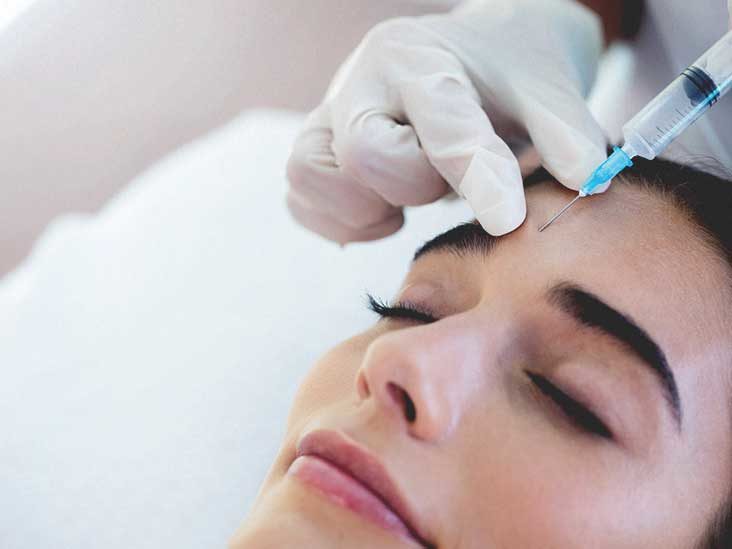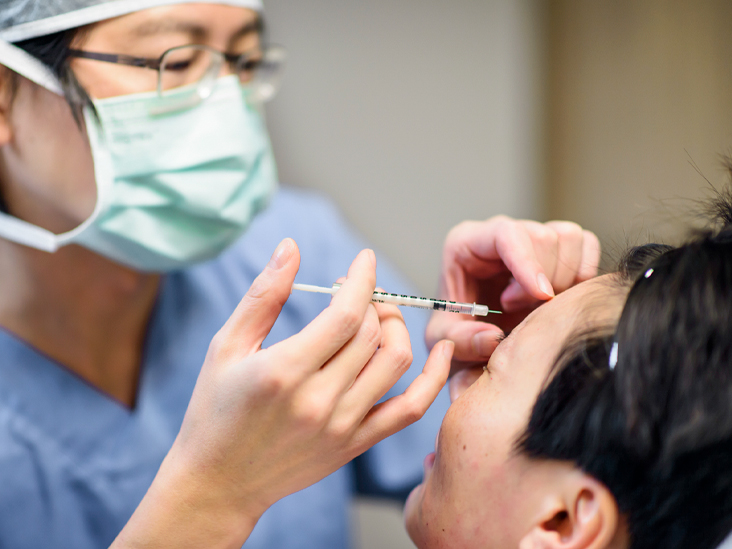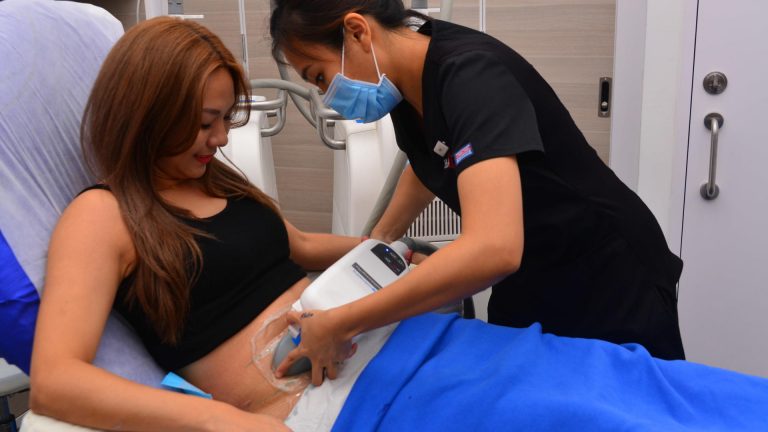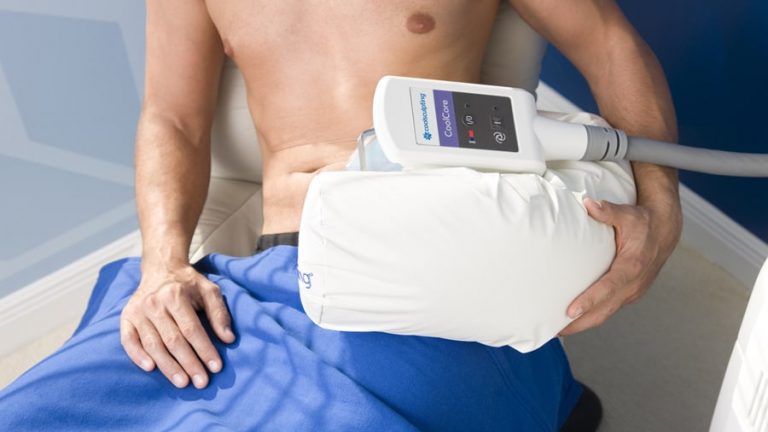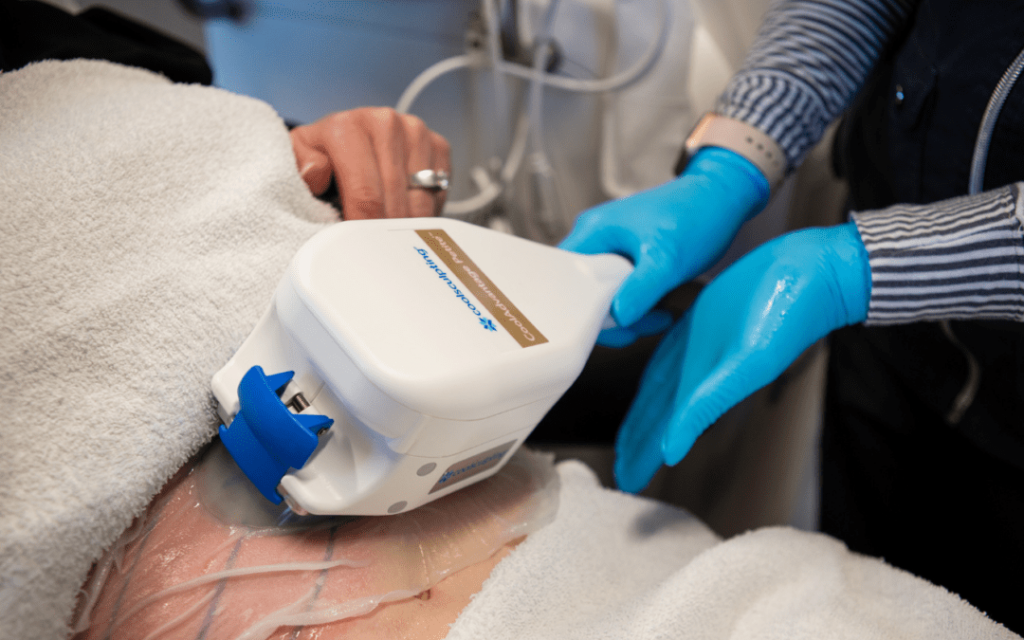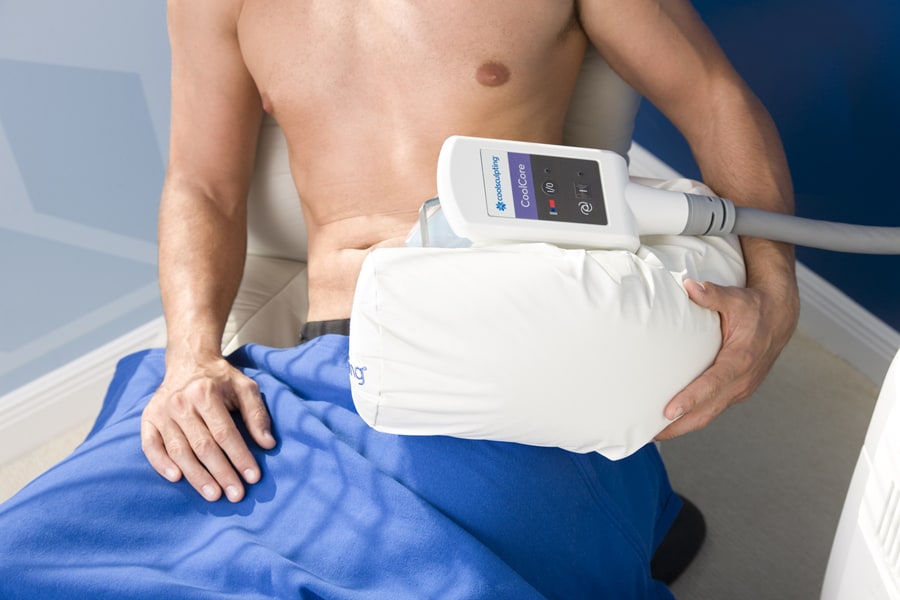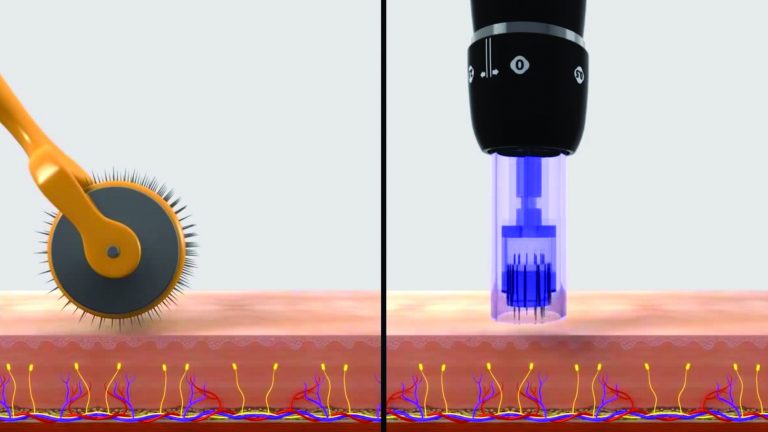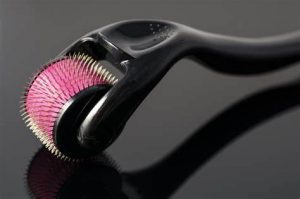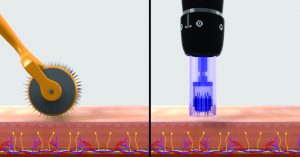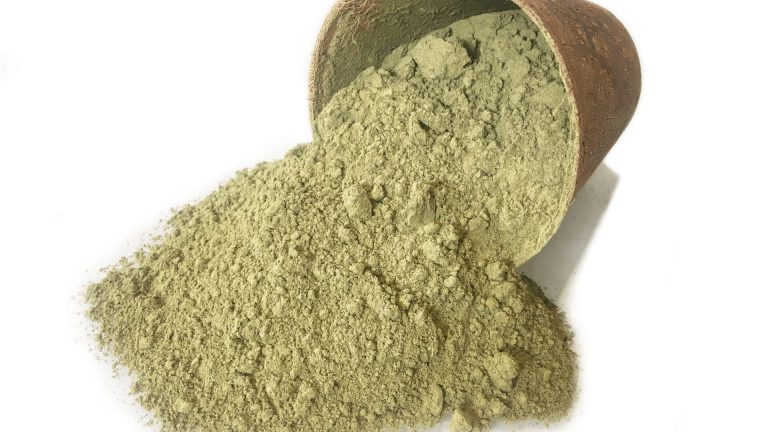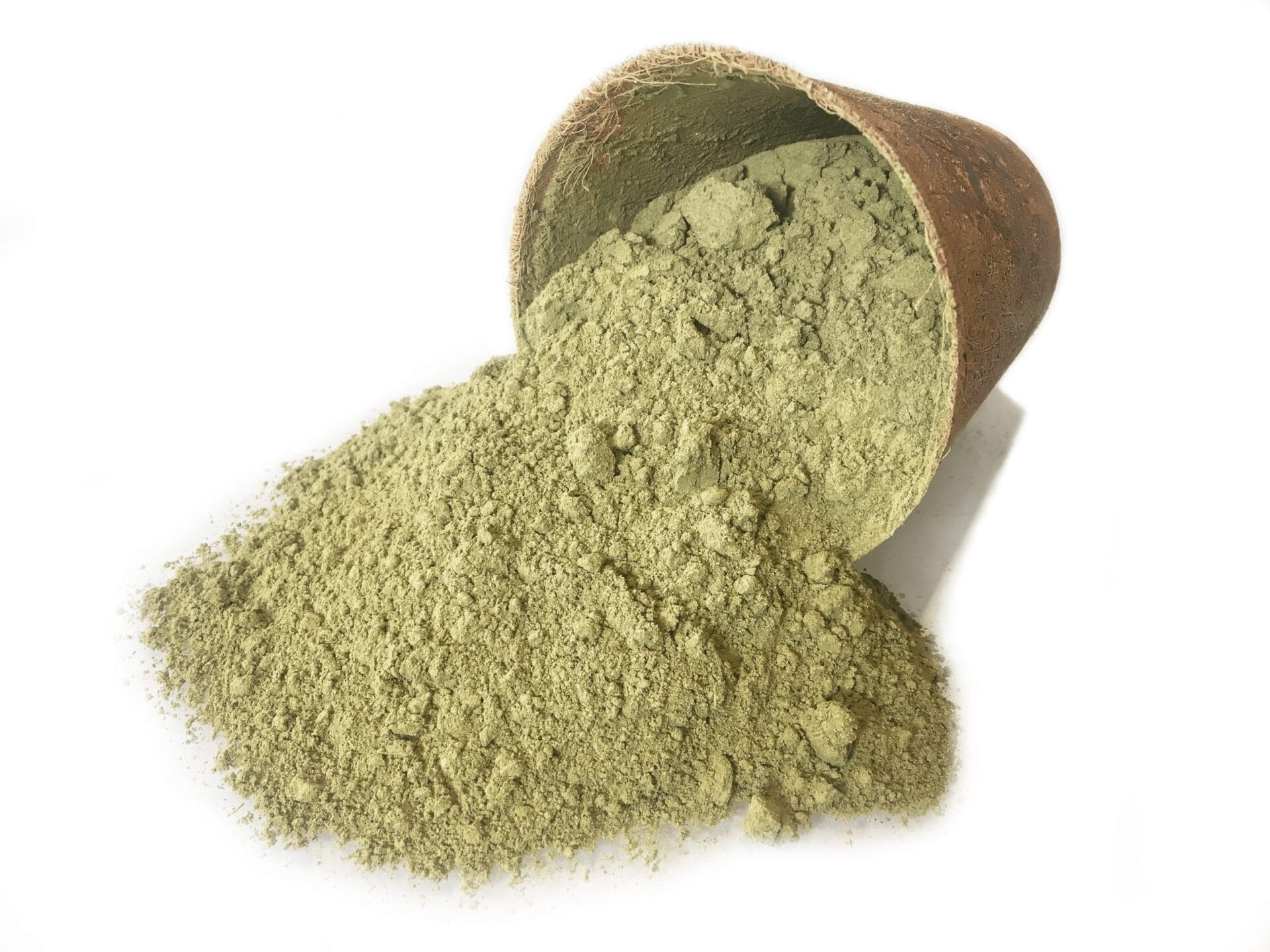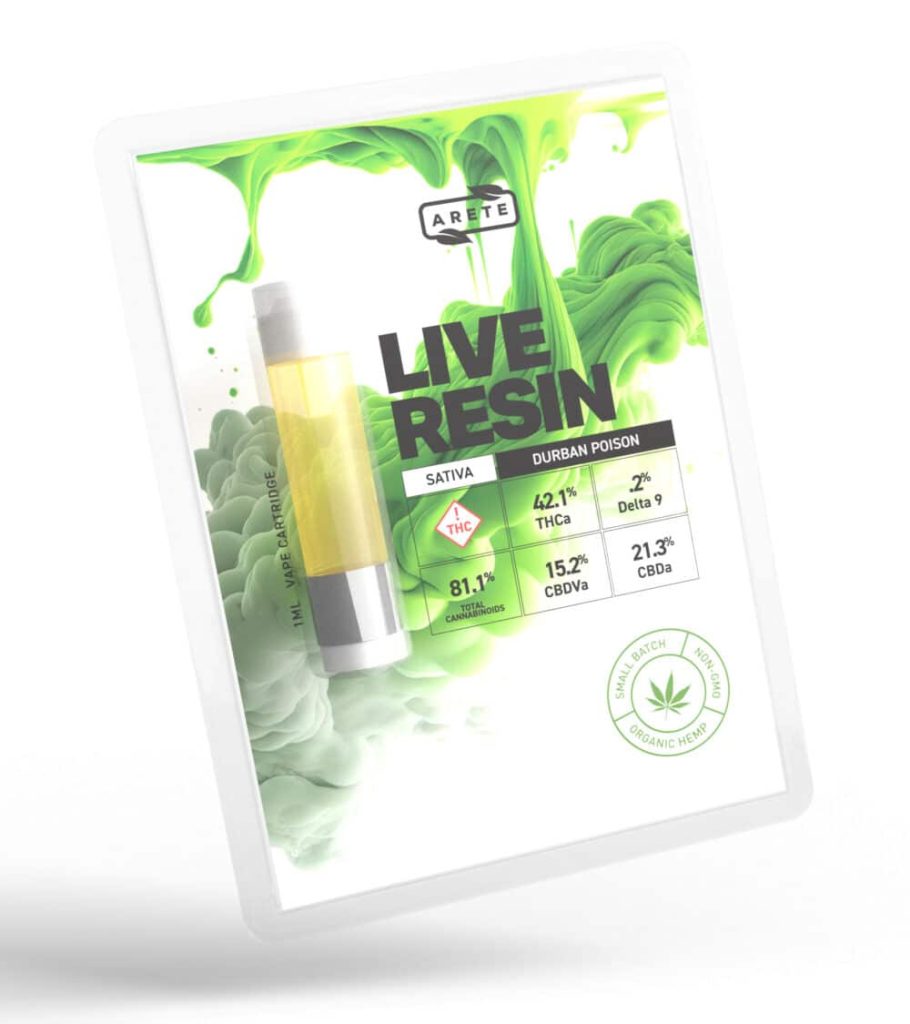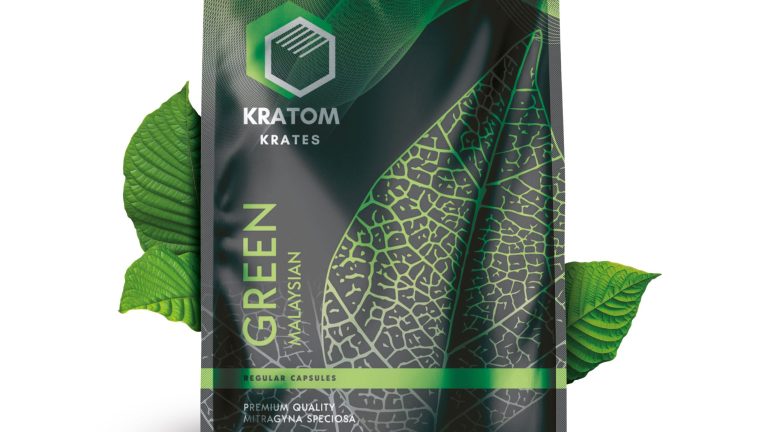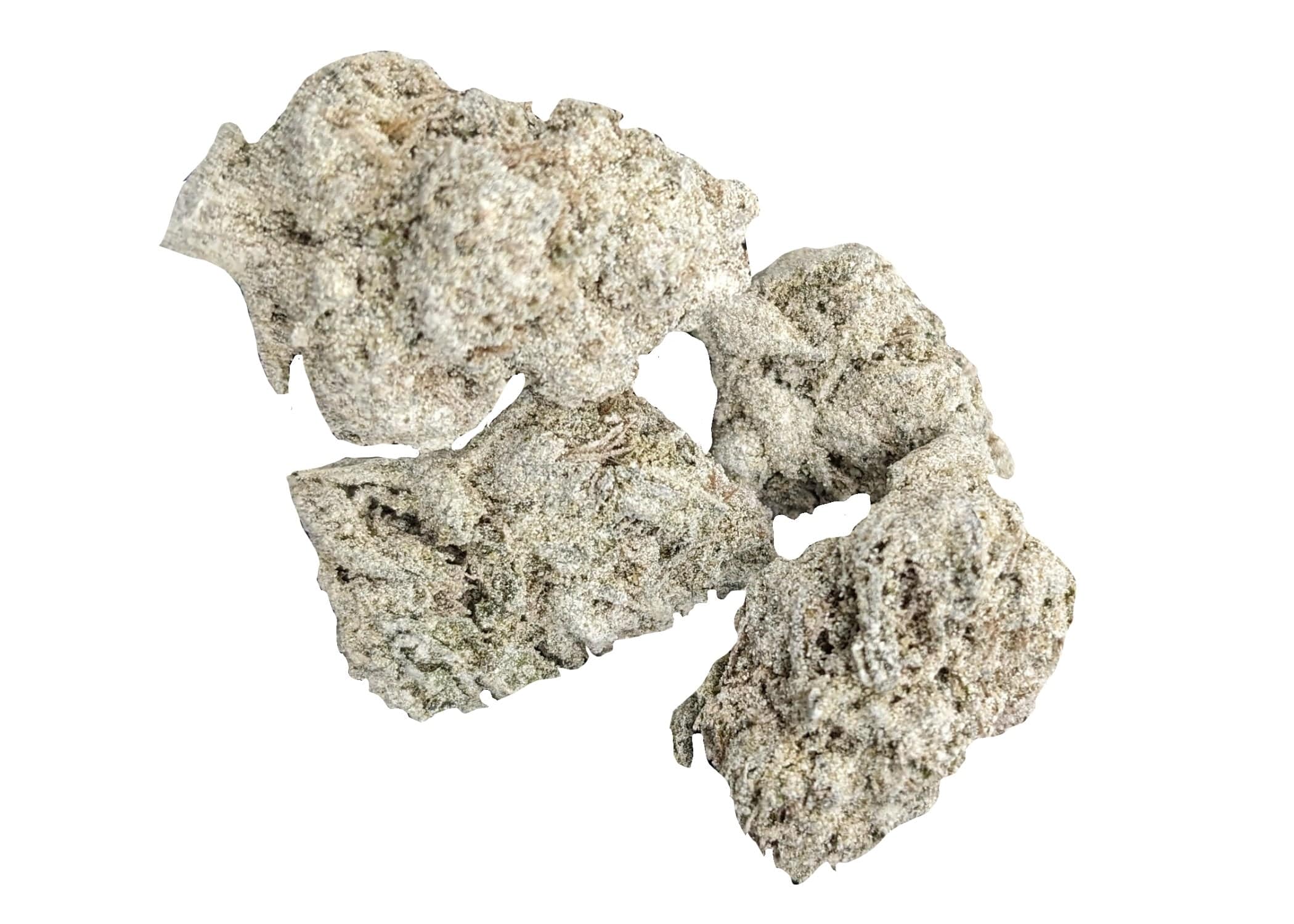Micro liposuction is a minimally invasive fat reduction procedure that can help you achieve your body goals. It involves using tiny tubes (cannulae) to remove excess fat from specific areas of the body. Although it’s less invasive than traditional liposuction, there are still certain criteria that must be met in order to qualify for this type of surgery. In this article, we’ll explore who makes the best candidates for micro liposuction and how to know if you’re eligible for this procedure.
Fat Reduction through Micro Lipo: Who Qualifies?
The best candidates for micro liposuction are typically those with small pockets of stubborn fat that don’t respond to diet and exercise alone. These areas tend to be resistant to weight loss efforts due to genetics or hormone imbalance, making them difficult to reduce without intervention. Typical target areas include the abdomen, neck, arms, hips, thighs, and chin. Additionally, ideal patients should be close to their goal weight prior to surgery and have realistic expectations about what the results will look like post-surgery. The patient should also be in good health overall and free from any medical conditions that could complicate recovery following the procedure.
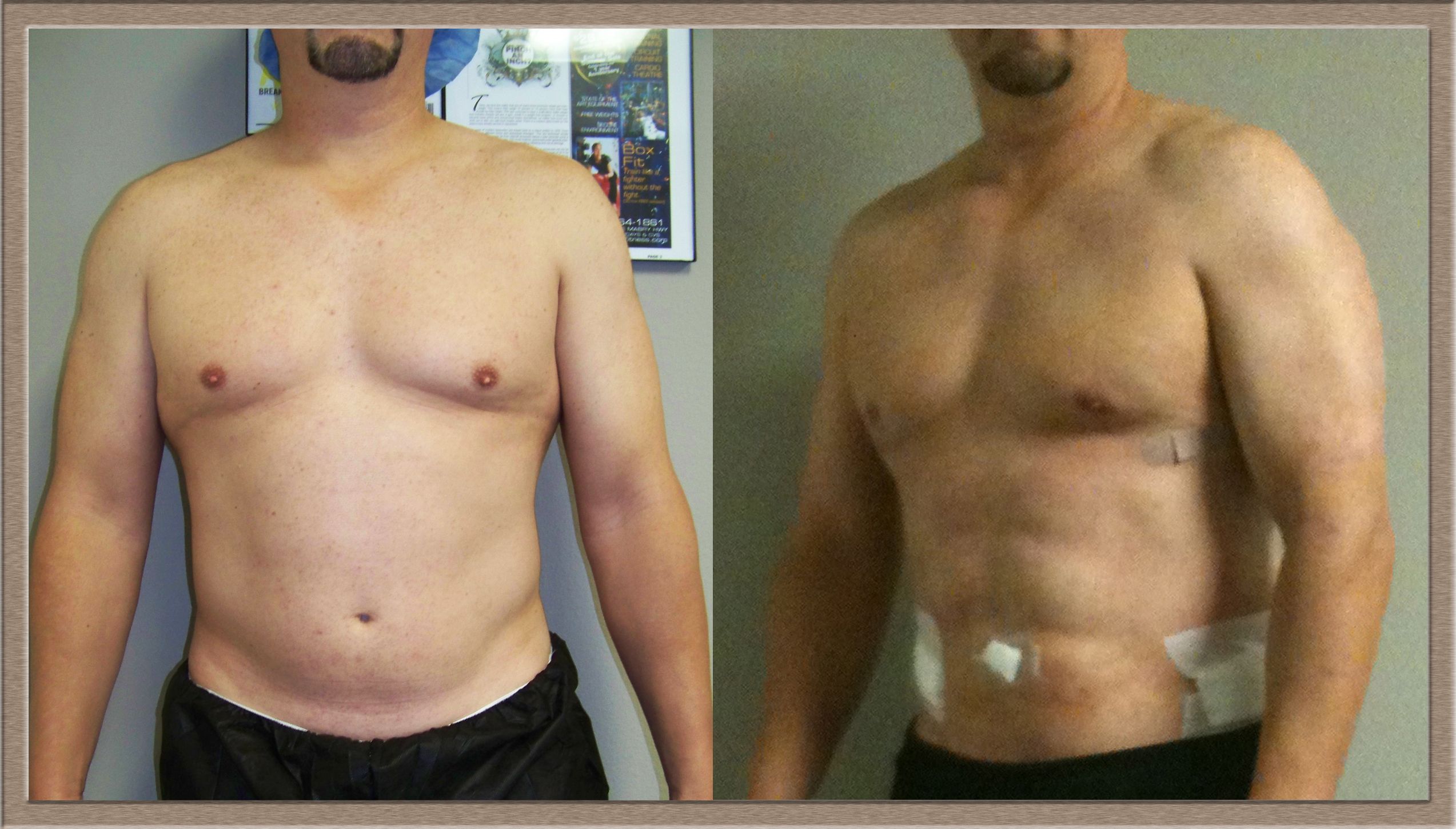
Preparation for Surgery
Before undergoing any kind of surgery it’s important that you discuss your potential candidacy with an experienced plastic surgeon so they can evaluate whether or not micro lipo is right for you. They will review your medical history and examine your problem area before recommending a treatment plan tailored specifically to your needs and desired results. If they determine that micro lipo is a viable option then they may suggest other preparations such as quitting smoking several weeks prior or avoiding certain medications leading up to surgery day.
The Benefits of Micro Liposuction
One of the biggest advantages of choosing micro liposuction over traditional methods is its minimally invasive nature, which means fewer risks associated with general anesthesia and faster recovery times. In addition, because only small incisions are made during the procedure, there is minimal scarring compared to larger forms of liposuction, such as tumescent or laser-assisted techniques, which require longer incisions to access deeper layers of tissue where fat cells are located. And because this form of surgery targets only isolated areas rather than removing large amounts of fat all at once, it tends to produce more natural-looking results as well as significantly reduce subsequent downtime compared to other forms of cosmetic surgery that require larger incisions.
Complications & risks associated with micro liposuction
As with any surgical procedure, there are always some risks associated with micro liposuction, including bruising, swelling, infection, numbness, fluid build-up, asymmetric results, skin irregularities, contour deformities, etc. However, these types of complications aren’t common when performed by a skilled plastic surgeon experienced in this type of delicate technique. In addition, wearing compression garments post-operatively helps to minimize swelling while promoting smoother contours and proper wound healing. In addition, most minor side effects usually resolve on their own within a few weeks of surgery.
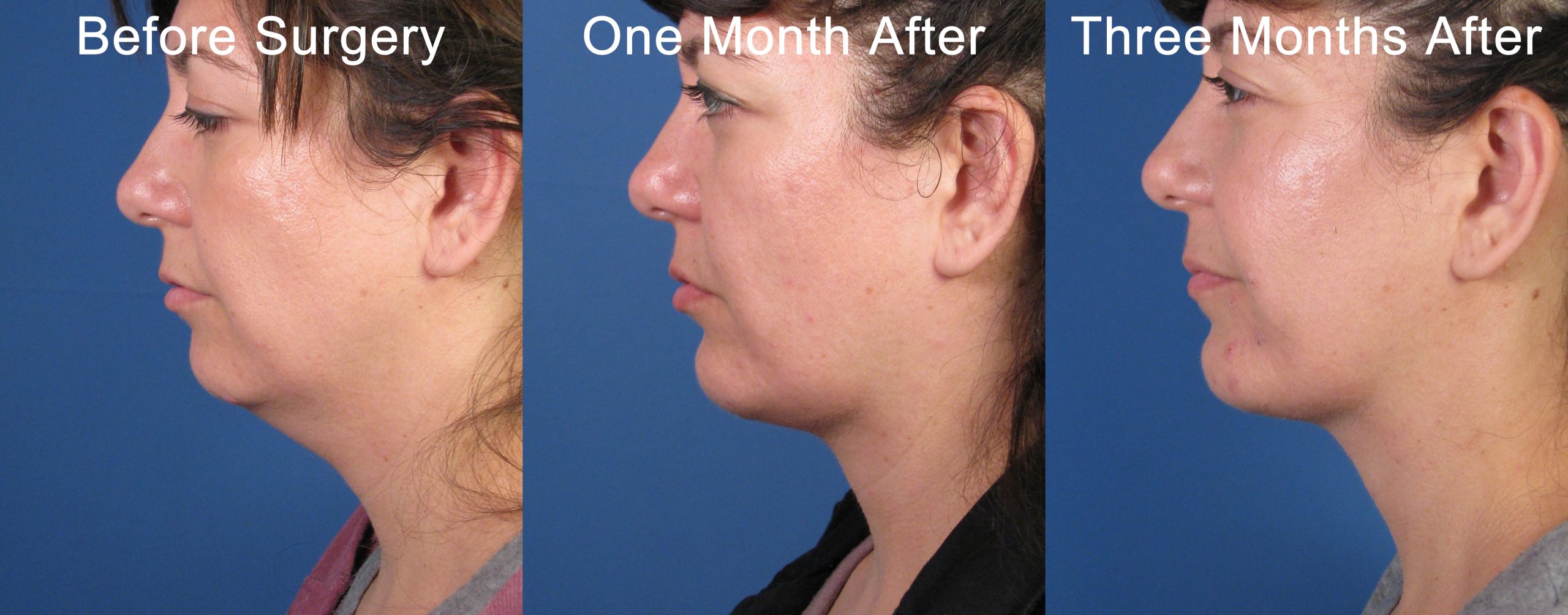
Cost & recovery time
Recovery times vary from case to case but usually take between 1 and 4 weeks before full activity can safely be resumed. As far as cost goes, it depends on the size of the area being treated plus the amount of fat being removed during the procedure, however, generally speaking, prices range from $3K-$8K USD per session depending on the clinic/doctor performing the surgery.
Conclusion:
When properly performed by an experienced plastic surgeon who specializes in performing micro lipolysis techniques, it can offer amazing results when done correctly. However, it’s important to remember that no two patients are the same, so results can vary from person to person due to factors such as underlying health conditions, existing lifestyle habits etc… Ultimately, if done correctly then the end result should leave the patient feeling satisfied for a number of reasons including improved self-image, increased confidence, sense of accomplishment, achievement of specific goals set out.


